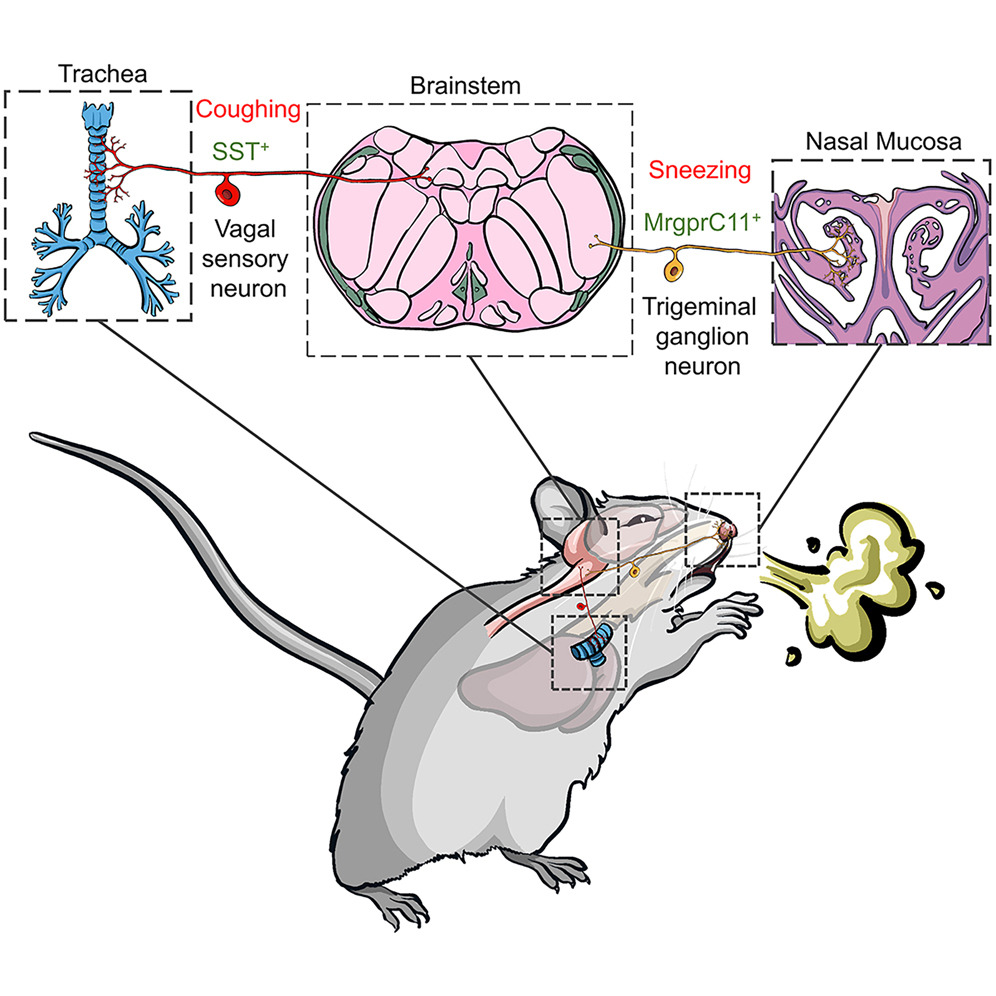Journal club 2025.01.03
Phytother Res. 2023 Aug;37(8):3572-3582. doi: 10.1002/ptr.7835. Epub 2023 Apr 28.
Silibinin attenuated pseudo-allergic reactions and mast cell degranulation via PLCγ and PI3K/Akt signaling pathway
Yuejin Wang 1, Shiting Hu 1, Baowen Dang 1, Yonghui Zhang 1, Guodong Zheng 1, Chenrui Zhao 1, Yihan Huang 1, Tao Zhang 1
Affiliations expand
- PMID: 37115717
- DOI: 10.1002/ptr.7835
Abstract
Anaphylaxis is a type of potentially fatal hypersensitivity reaction resulting from the activation of mast cells. Many endogenous or exogenous factors could cause this reaction. Silibinin is the main chemical component of silymarin and has been reported to have pharmacological activities. However, the anti-allergic reaction effect of silibinin has not yet been investigated. This study aimed to evaluate the effect of silibinin to attenuate pseudo-allergic reactions in vivo and to investigate the underlying mechanism in vitro. In this study, calcium imaging was used to assess Ca2+ mobilization. The levels of cytokines and chemokines, released by stimulated mast cells, were measured using enzyme immunoassay kits. The activity of silibinin was evaluated in a mouse model of passive cutaneous anaphylaxis (PCA). Western blotting was used to explore the related molecular signaling pathways. In results, silibinin markedly inhibited mast cell degranulation, calcium mobilization, and preventing the release of cytokines and chemokines in a dose-dependent manner via the PLCγ and PI3K/Akt signaling pathway. Silibinin also attenuated PCA in a dose-dependent manner. In summary, silibinin has an anti-pseudo-allergic pharmacological activity, which makes it a potential candidate for the development of a novel agent to arrest pseudo-allergic reactions.
Keywords: PI3K/Akt; mast cell; pseudo-allergy; silibinin.
Journal club 2025.01.03 Read More »

